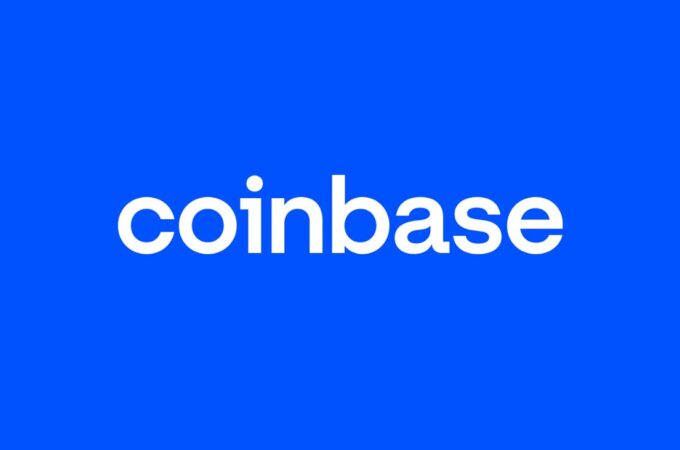
Israel Plans Interest-Bearing Digital Shekel with Unique Architecture
Israel’s central bank is considering the introduction of a retail central bank digital currency (CBDC) denominated in the Israeli shekel, with the option of bearing interest. While discussions about a digital shekel have been ongoing since 2021, concrete steps toward implementation are now being outlined.
In a recently published paper, the central bank detailed its vision for the shekel CBDC, highlighting a two-tier model that promises instant, 24/7 payments, multipayment support, offline functionality, and a potential for interest-bearing accounts. Notably, the architecture emphasizes privacy, with the central bank maintaining control over operational aspects while ensuring user data privacy.
Under the proposed system, commercial banks in Israel would still offer interest on customers’ fiat shekel deposits and savings, but the shekel CBDC held by banks as part of their liquidity buffer would not accrue interest. This move aims to balance the benefits of CBDC adoption with the existing banking infrastructure.
One distinctive feature of Israel’s CBDC architecture is the unbundling of banking services from CBDC wallet provision. Unlike traditional retail CBDC models where users interact with a single bank for wallet services and funding, Israel’s model allows users to open wallets with payment service providers (PSPs) and connect to multiple banks for funding and defunding via open banking APIs.
While this approach fosters competition and innovation in the market, it poses challenges for banks, potentially undermining their role in managing consumer wallets. Moreover, users may opt for existing providers to avoid additional KYC compliance associated with new CBDC wallets.
Another notable aspect of the digital shekel architecture is the centralized database managed by the central bank. This database separates transaction logging from personally identifiable information, ensuring user privacy while facilitating regulatory compliance. However, concerns about privacy arise, especially compared to other CBDC models like the European Central Bank’s approach.
Additionally, the Bank of Israel’s choice of indirect CBDC distribution mirrors cash distribution, with banks purchasing digital shekels in bulk from the central bank and distributing them to end-users. This method streamlines funding and defunding operations, paving the way for a multipurpose digital currency catering to retail and wholesale use cases.
The logical architecture for the digital shekel system emphasizes interoperability with existing payment infrastructures like ZAHAV and ATM switches, ensuring seamless integration into the financial ecosystem. Furthermore, principles for designing the backend layer prioritize data security and user privacy, with a clear separation between the settlement engine and the central database.





